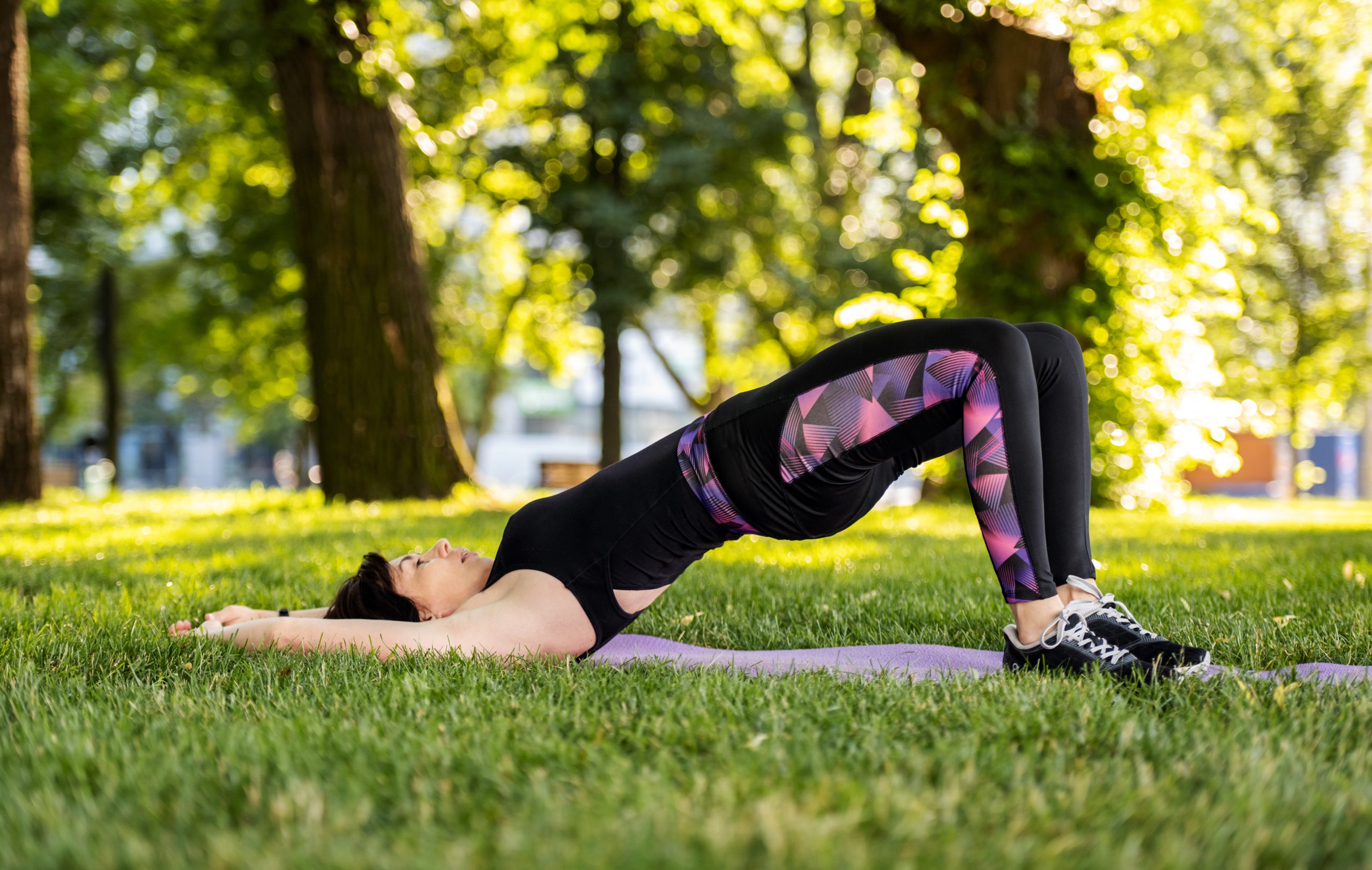How to Strengthen Your Pelvic Floor
More people recognize the importance of a strong pelvic floor for overall health. The pelvic floor muscles support vital organs like the bladder, uterus, and rectum while contributing to core stability, urinary continence, and sexual health. If pelvic floor dysfunction is left unaddressed, it can cause a range of issues, from mild discomfort to significant and potentially embarrassing disruptions in daily life. Additionally, a strong pelvic floor enhances sexual health and satisfaction and can help alleviate pain or discomfort during intercourse. For many women, especially those who are pregnant, postpartum, or entering menopause, strengthening the pelvic floor is vital for long-term health and comfort.
What is a Pelvic Floor?
A pelvic floor is a group of muscles and connective tissue that together support pelvic organs such as the bladder, uterus and bowels. Pelvic muscles contract and relax as necessary, i.e., they tighten to avoid incontinence and relax when it’s time to use the restroom. Beyond that, your pelvic floor supports your core strength and stability and helps protect your spine and organs.
Why You Need a Strong Pelvic Floor
A strong pelvic floor is fundamental for your overall health and well-being, playing a crucial role in various bodily functions. Keeping these muscles strong can prevent common issues such as incontinence, pelvic organ prolapse, and pelvic pain, which can significantly impact your quality of life. While both men and women have pelvic floors, women are more susceptible to pelvic floor issues. According to research, as many as 32% of women will develop at least one Pelvic Floor Disorder (PVD) in their lifetime. That may be due to pregnancy and vaginal births, as well as other risk factors like obesity and excessive strenuous exercise.
Maintaining a strong pelvic floor today can reduce the risk of issues later on, and there are a few simple ways to do it beyond Kegels.
Exercises for Your Pelvic Floor (Beyond Kegels!)
Regular pelvic floor exercises, such as Kegels, can help maintain pelvic muscle strength and function, reducing the risk of the muscles weakening. We often recommend Kegels because they are relatively easy to do, can be done discreetly almost anywhere, and we know they work. However, they aren’t the only exercise you can do to strengthen your pelvic floor.
Yoga
Yoga offers incredible benefits for women of all ages, and not just mental well-being and flexibility. Yoga can also be great for your pelvic floor. Practicing yoga can help reduce stress, enhance healing, and specifically target the muscles in and around your pelvic floor, improving strength, mobility, and coordination. It’s also low-impact and can be done in a gym, class setting, or at home, making it a convenient option. Some even recommend yoga to alleviate pelvic pain and tightness.
Hula Hooping
Believe it or not, one of your favorite childhood pastimes could be a great way to exercise your pelvic muscles and break a sweat. That’s because hula hoops target your hip muscles, which connect directly to your pelvic floor. As we age, many of us have tight hips, contributing to lower back and pelvic pain. Hula hoops stretch your hip flexors, engage your core and, as a bonus, you can burn as many as 400+ calories in an hour, which is more than some treadmill workouts.
Tai Chi
Tai Chi is a blend of disciplined and steady movements, posture and breathing practices deeply rooted in ancient Chinese culture. It has been practiced since at least the 16th century and might be one of the best ways to make your pelvic floor stronger. The low-impact exercise emphasizes the alignment of your pelvis and hips, supporting a stabilized core, hip and pelvis for better organ protection and function.
Maintaining a Healthy Weight for Pelvic Floor Strength
Carrying excess weight can put additional strain on pelvic floor muscles. For overweight or sedentary women, proactive steps such as adopting a healthy diet and engaging in regular exercise can be crucial for maintaining pelvic floor health. These lifestyle changes help manage weight and strengthen the pelvic floor, reducing the likelihood of related complications and promoting long-term well-being.
Talk to Your ObGyn About Options for a Stronger Pelvic Floor
If you are experiencing any early signs of pelvic floor dysfunction, such as increased incontinence, a bulge-like feeling in your vagina or difficulty emptying your bowels, you should schedule an appointment with your gynecologist. While these symptoms are not life-threatening, if left untreated, they can gradually worsen over time and interfere with your quality of life. This is especially important for women who may want to have additional children, as pregnancy and childbirth put a severe strain on your pelvic muscles and exacerbate the condition. Your ObGyn may recommend something as simple as at-home kegel exercises or refer you to a physical therapist. The most important thing is to seek medical care to get the help you need before it becomes a more significant problem.
Supporting Your Health & Well-Being With a Strong Pelvic Floor
Beyond its specific functions, a strong pelvic floor supports overall health and well-being by contributing to better posture, stability, and core strength. These muscles work in harmony with the abdominal and back muscles to stabilize the spine and pelvis, which is essential for maintaining balance and preventing injuries. Investing in pelvic floor health through exercises and, when necessary, physical therapy can have wide-ranging benefits, enhancing pelvic function and general physical resilience and vitality.
Pelvic Floor Treatment Option: EmpowerRF in Flagstaff, AZ
If physical therapy or other options to strengthen your pelvic floor haven’t worked, at Genesis ObGyn, we offer EmpowerRF by inMode. This innovative, multi-functional, non-surgical FDA-cleared technology uses a combination of radiofrequency (RF), electric muscle stimulation (EMS), gentle heat, and micro-needling to address vaginal, vulvar and pelvic floor issues. The VTone treatment uses gentle pulses to stimulate your intravaginal muscles, rehabilitate weak pelvic floor muscles and address problems with incontinence.
The treatment has minimal to no downtime, and many women report near-immediate results. Our experienced staff and board-certified ObGyns work with you to identify issues and prepare an individualized treatment plan that addresses your needs.
Request an appointment today to learn more about treatment options for pelvic floor health or EmpowerRF.


